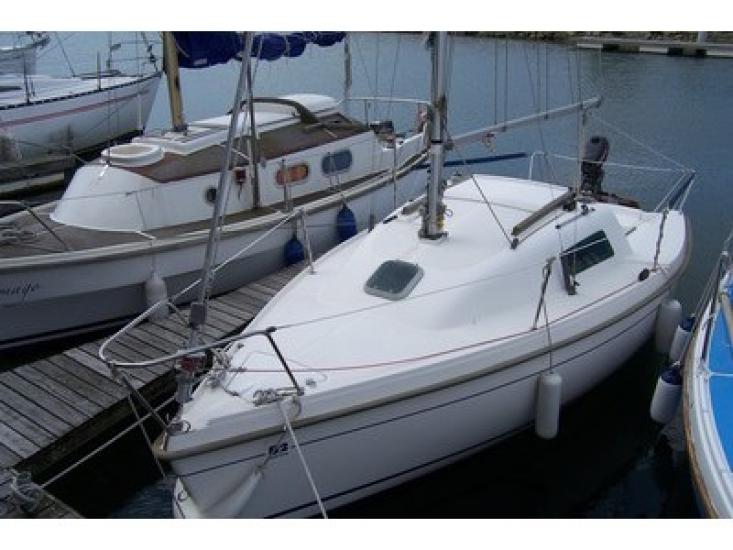


“You can see that the genie is assimilated into what would be familiar,” she says, pointing out that illustrations during that time that depicted the genie alternatively as a giant, an archangel, Greek or Roman Gods, and even a vampire. Duggan, professor of French at Wayne State University, who’s studied the visual evolution of the genie. Illustration from The Arabian Nights by Dutch artist David Coster.Īt the time, French writers often used what was then referred to as the Orient-a term indiscriminately used to refer to North Africa, the Middle East, and the Far East more generally-to allude to its own society and monarchy, explains Anne E. It’s a far cry from the Disney version: the genie, Irwin writes, appears like “a very large man in a tattered robe.” Razzaque, a Ph.D candidate in history & Middle Eastern studies at Harvard recently detailed.)ĭutch artist David Coster did the frontpieces for Galland’s Nights, so it’s under his hand, as Nights scholar Robert Irwin chronicles for the Guardian, that we get our first Westernized illustration of the genie. (Incidentally, he is also credited with adding the story of Aladdin, which was initially set in China with a Chinese Muslim cast of characters, to the anthology after learning the story from Ḥannā Diyāb, a Maronite Syrian from Aleppo, as historian Sylvette Larzul has documented, and whose legacy Arafat A. Galland was the first to translate the tales for a European audience. The pop culture genie of Nights we recognize today, however, was shaped by European illustrators, beginning with the frontpieces done for 18th-century translator Antoine Galland’s Les Mille et Une Nuits. A rich tradition in Middle Eastern and Islamic lore, Jinn appear in the Qur’an, where they are described as the Jánn, “created of a smokeless fire,” but they can even be found in stories that date back before the time of Muhammad in the 7th century.Īn Abbasid manuscript of the One Thousand and One Nights Genies, or Jinn, make appearances throughout the stories in different forms. The story of Aladdin is one of the most well-known works in One Thousand and One Nights (Alf Layla wa Layla) or Arabian Nights, the famous collection of folk stories compiled over hundreds of years, largely pulled from Middle Eastern and Indian literary traditions. With no working script yet in hand, Vander Wende began researching original folk tales and references in art and historical materials to help inform his spec art. After he started at Disney in 1989, the head of the department at that time had tapped him to start working on Aladdin while the studio’s The Little Mermaid finished wrapping. The overall visual development of Aladdin, including every individual character and location, was “a long, evolutionary process,” he writes. “Certain blues in Persian miniatures and tiled mosques stand out brilliantly in the context of the sun-bleached desert,” he writes, “their suggestion of water and sky connoting life, freedom, and hope in such a harsh environment.” The color blue itself was an intentional choice, he says, grounded in the resilience of Aladdin and his allies. Vander Wende adds more to the story over email. “The blues and the turquoises and the aquas are the good peoples’ colors.” So, if Williams’ warm baritone didn’t instantly clue you in on the genie’s moral fiber, the clear-as-day blue coloring was there to telegraph him as one of the good guys (in turn, Aladdin’s foil, the evil Jafar, turns scarlet when he gets genie-fied). “The reds and the darks are the bad peoples’ colors,” Goldberg says. “I can tell you exactly,” he says, citing the film’s distinctive color script, as developed by then-Disney production designer Richard Vander Wende. Smith’s genie is so blue that it makes you start to wonder how the wish-granting genie of the lamp came to look that way in the first place.Įric Goldberg, who was the supervising animator for the genie in the original 1992 animated Aladdin, had a simple answer for why the Disney genie looks the way he does. He’s blue like Tobias Funke when he attempted to join Blue Man Group in “Arrested Development” blue. He’s blue like Violet Beauregarde after she chewed the experimental gum in Willy Wonka & the Chocolate Factory blue. And, as revealed to the world in the movie’s latest trailer, Smith’s version of the fast-talking genie with a heart of gold is undeniably blue. Like the late Robin Williams-animated incarnation before him, Will Smith promised that his genie in the Guy Ritchie live-action remake of Disney’s Aladdin would be blue.


 0 kommentar(er)
0 kommentar(er)
